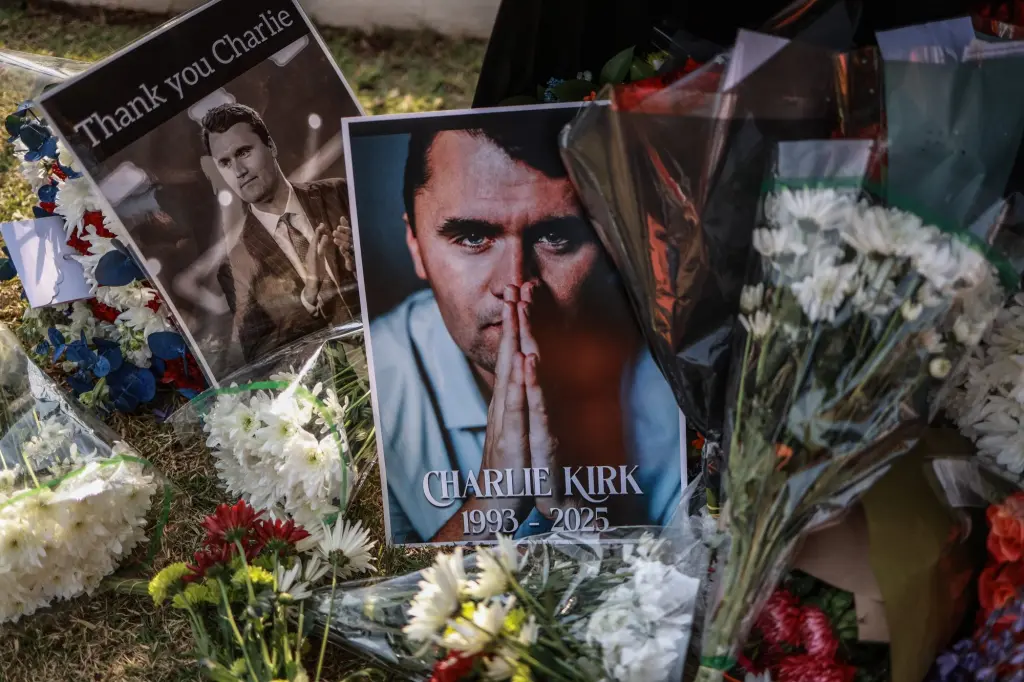
Most founder advice tells you to delegate fast and focus on your strengths. After six years of building Percent, a private credit marketplace, from $80,000 in credit card debt to a Series B, I believe the opposite: The founders who win are the ones who do wear every hat as they go through their journey.
I’m not advocating for micromanagement or control issues. I’m talking about building irreplaceable domain knowledge by trying each job before you hand it off. This framework isn’t comfortable, but it’s the difference between founders who flounder and the ones who build the companies that last. Here’s the journey I took and what it taught me:
Phase I: The ‘Everything Burns’ Phase (Years 1-2)
In 2018-2019, I was simultaneously acting as a customer success representative, quality assurance (QA) tester, content creator, and budget manager. My calendar was chaos: customer calls at 5 p.m., debugging the platform at 11 p.m., pitching investors at 8 a.m.
Most people see this as unsustainable. They’re right. What they miss is that doing customer success myself revealed which 10% of our features actually drove retention. Managing contractors taught me exactly what excellence looked like in each function.
Subscribe to the Daily newsletter.Fast Company’s trending stories delivered to you every day
Privacy Policy
|
Fast Company Newsletters
So what’s the hidden benefit behind all this? Pattern recognition. When you’re immersed in customer service, budgeting, and product development all at once, you start to see how each function influences the others.
For example, during our launch, I spoke with every early customer to understand what they actually needed. Those conversations made it clear that our one-month investment product wasn’t just a convenience—it was a differentiator. That insight shaped our product roadmap, marketing messaging, and even our pitch to investors. You only uncover those kinds of connections when you’ve lived inside every corner of the business.
You’ll know you’re ready to evolve when you’re spending more than 60% of your time on repetitive tasks instead of strategic thinking. The business needs systems, not your personal heroics.
Phase II: The ‘Building the Machine’ Phase (Years 3-4)
By 2020, we shifted from doing to scaling. I focused heavily on hiring, product management, QA, and investor sourcing. This is the hardest transition for most founders because it requires accepting a painful truth: your team will make mistakes you could have avoided.
Those “mistakes” turn out to bring fresh perspective, leading to new features, not bugs. Our first product manager found solutions I never would have considered because I was too married to our original vision. They questioned assumptions I didn’t even know I had.
The mental shift here is critical. You’re no longer the best operator in every function. You’re the architect of systems that enable others to excel. You’ll know you’re succeeding when your direct reports can articulate your vision better than you can.
advertisement
Phase III: The ‘Strategic Leadership’ Phase (Years 5-6)
By 2022, my focus narrowed dramatically: board management, hiring, and team culture. That’s it.
This felt wrong at first. Shouldn’t I be more involved in product? What about strategy? Here’s the insight: everything is downstream from having the right people with the right alignment. When you nail these two things, everything else follows.
During this phase, I knew less about our daily operations than ever before, yet made better strategic decisions. Why? Because I wasn’t drowning in tactics. Our efficiency metrics hit all-time highs precisely when my operational involvement was at its lowest.
The counterintuitive truth: The less you do, the more you see. When you’re not fighting fires, you can spot the patterns that predict where fires will start.
You’re ready for this phase when strategic decisions matter more than operational excellence. It’s about choosing the right mountain rather than climbing faster. You’re focusing on the things that nobody else in the company can do and you’re not doing any of the things that someone can do and arguably do better than you.
Phase IV: The ‘Return’ Phase (Year 7+)
Companies have to reinvent themselves over time and this year, I’m adding back product management, lead sourcing, and customer success to my daily to-dos. This isn’t regression; it’s evolution.
Businesses mature, and when they do, they need to figure out what their next iteration is going to be. The current product is mature, and the next act is what separates good companies from becoming great ones. In Phase I, I was doing customer success calls. In Phase IV, I’m doing it all over again for a very different product and a very different pitch. Still, every hat I wore in those early days now informs strategic decisions with 10 times the impact, with the experience and knowledge that come with years of honing that craft.
Only founders who’ve been through all phases have this advantage. Your competitors who hired VPs from day one might move faster initially, but they’ll never have your intuitive understanding of how all of the dots connect.
The goal isn’t to wear all hats forever. It’s to wear them long enough to understand which ones actually matter. In a world where everyone’s rushing to delegate, the founders who do everything first have a major advantage because they know their business at the cellular level.



